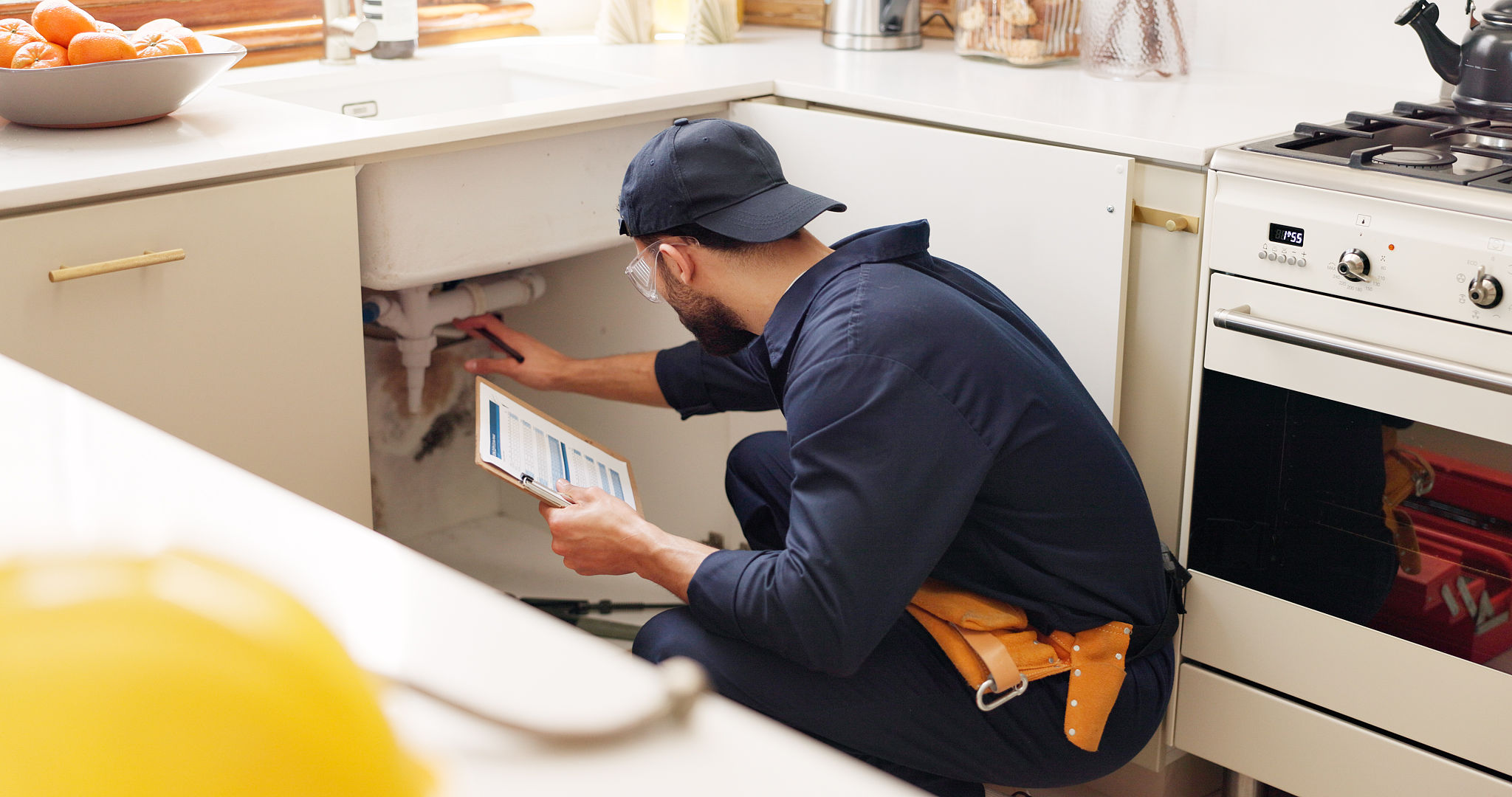Top 5 Common Backflow Issues and How to Prevent Them
Understanding Backflow Issues
Backflow is a plumbing issue that occurs when the flow of water reverses in a system, potentially causing contamination of clean water supplies. It is a serious concern for both residential and commercial properties, as it can lead to health risks and damage. In this post, we will explore the top five common backflow issues and how you can prevent them.
1. Cross-Connection Contamination
Cross-connections occur when a potable water supply is connected to a non-potable source. This can lead to contaminants entering the clean water system. Common sources of cross-connection include garden hoses, irrigation systems, and boiler feeds.
Prevention: Install a backflow prevention device, such as a vacuum breaker or a double check valve assembly, at critical points to block contaminants from entering the water supply. Regular maintenance and inspections are also crucial to ensure these devices function properly.

2. Pressure Backflow
Pressure backflow happens when the pressure in a non-potable system exceeds that of the potable system, causing water to flow backward. This can occur due to pumps, temperature changes, or high-pressure systems nearby.
Prevention: Ensure that pressure-reducing valves and backflow preventers are installed and maintained. Regularly monitor and adjust the pressure levels within your plumbing system to prevent imbalances.
3. Back-Siphonage
Back-siphonage is caused by a sudden drop in pressure in the potable water supply system, often due to a large demand elsewhere, such as firefighting or a pipe break. This can draw contaminated water back into the clean water supply.
Prevention: Installing air gaps and vacuum breakers can effectively prevent back-siphonage. These devices work by maintaining a physical separation between the potable water system and potential contamination sources.

4. Faulty Plumbing Installations
Poorly installed or outdated plumbing systems can lead to backflow issues. Incorrectly fitted pipes, joints, or fixtures can create vulnerabilities where backflow can occur.
Prevention: Always hire licensed and experienced plumbers for any installation or repair work. Regular inspections and updates to modern plumbing standards will help prevent potential backflow problems.
5. Lack of Regular Maintenance
Without regular maintenance, even the best backflow prevention devices can fail over time due to wear and tear or sediment buildup.
Prevention: Schedule routine checks with a professional plumber to ensure all devices are functioning correctly. Conduct annual testing of backflow prevention assemblies as required by local regulations.

Conclusion
Addressing backflow issues proactively is essential to maintaining the safety and integrity of your water supply. By understanding the common causes of backflow and implementing preventive measures, you can protect your property from contamination and ensure clean, safe water for everyone.
Remember, prevention is always better than cure. Regular maintenance and the use of appropriate devices are key strategies in preventing backflow issues effectively. Stay informed and take action to safeguard your water systems today.